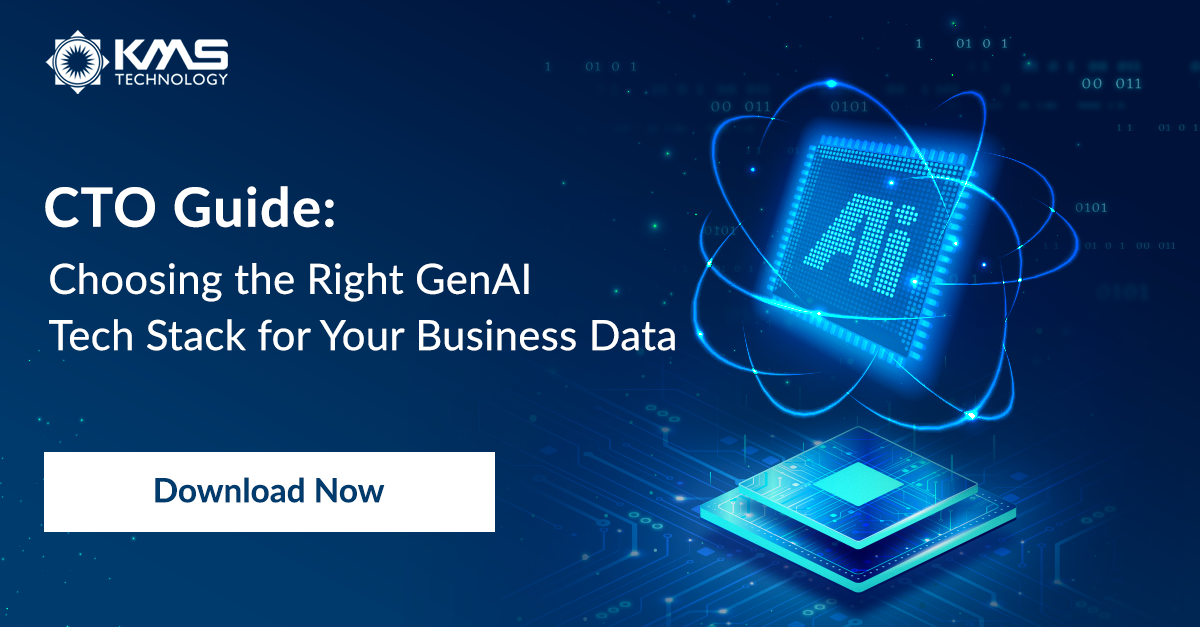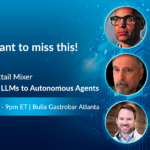Generative AI Resource Roundup #7
The Generative AI heat wave is not cooling down – with constant developments, organizations are doubling down on the potential of this technology.
Sift through the noise with these top news stories.

Salesforce Leans On Enterprise Data With The Einstein 1 AI Platform | Forbes
At Dreamforce 2023, Salesforce unveiled a host of products tied to the new Einstein 1 Platform. This platform aims to enhance productivity and customer engagement by blending both internal and external corporate data with generative AI technologies.
The foundational element of the Einstein 1 Platform: the Salesforce Data Cloud. The Data Cloud is a comprehensive data platform tailored to help businesses consolidate and align customer data. This gives users access to accurate and up-to-date information from any part of the Einstein 1 Platform, including the Sales Cloud, Service Cloud, Marketing Cloud and other areas. Data Cloud can also pull in real-time data from outside applications from partners such as Google and Microsoft, or from countless other sources connected to Salesforce via the AppExchange cloud marketplace or MuleSoft.
Another piece of the keynote focused on Einstein Copilot, a generative AI-enhanced conversational tool integrated across all Salesforce applications. Users can ask questions or give instructions to the AI in a text window that works like a chatbot; the system will draw upon information in the Data Cloud and (selectively) external LLMs to produce answers or carry out tasks.
Teachers Are Going All In on Generative AI | WIRED
A recent poll of 1,000 students and 500 teachers in the US by studying app Quizlet found that more teachers use generative AI than students, to create lesson plans or more interesting word problems. Educators say it can save valuable time but must be used carefully. A Walton Family Foundation survey early this year also found a similar pattern.
MagicSchool, a tool for K-12 educators powered by OpenAI’s text generation algorithms has gained massive popularity among teachers. Since its launch roughly four months ago, MagicSchool has amassed 150,000 users. The service was initially offered for free but a paid version that costs $9.99 monthly per teacher launches later this month. MagicSchool adapted OpenAI’s technology to help teachers by feeding language models prompts based on best practices informed by Khan’s teaching experience or popular training material. The startup’s tool can help teachers do things like create worksheets and tests, adjust the reading level of material based on a student’s needs
In the first week of September, the American Federation of Teachers, a labor union for educators, created a committee to develop best practices for teachers using AI, with guidelines due out in December.
ChatGPT Can Now Generate Images, Too | The New York Times
OpenAI released a new version of its DALL-E image generator to a small group of testers and incorporated the technology into its popular ChatGPT chatbot. It is called DALL-E 3, it can produce more convincing images than previous versions of the technology, showing a particular knack for images containing letters, numbers, and human hands, the company said.
By adding the latest version of DALL-E to ChatGPT, OpenAI is solidifying its chatbot as a hub for generative AI, which can produce text, images, sounds, software, and other digital media on its own.
What’s the future of generative AI? An early view in 15 charts | McKinsey & Company
The articles and reports McKinsey published in this time frame examine questions such as these:
- What will the technology be good at, and how quickly?
- What types of jobs will gen AI most affect?
- Which industries stand to gain the most?
- What activities will deliver the most value for organizations?
- How do—and will—workers feel about the technology?
- What safeguards are needed to ensure the responsible use of gen AI?
In this visual Explainer, they’ve compiled all the answers they have so far—in 15 McKinsey charts.
Amazon plays catch-up with Alexa generative AI, shows off refreshed hardware | The Economic Times
Amazon.com Inc. on September 20th unveiled a slate of new and refreshed devices and updated its Alexa voice assistant with generative artificial intelligence to attract users to the unprofitable product as competition grows from chatbots like Google’s Bard.
Alexa will converse more naturally next year, losing its robotic tone of nearly a decade, and answer questions like the start time for football games and recipe ideas.
For those interested in diving deeper into the world of AI, including the latest developments and how they impact various industries, our Artificial Intelligence blog category is the place to be. From in-depth recaps of industry webinars to the latest trends and insights, our content offers valuable resources for anyone keen on understanding and leveraging AI technologies.
The Generative AI TLDR

– Salesforce Leans On Enterprise Data With The Einstein 1 AI Platform | Forbes
That’s all for this week! Stay tuned for more roundups on a biweekly basis.








